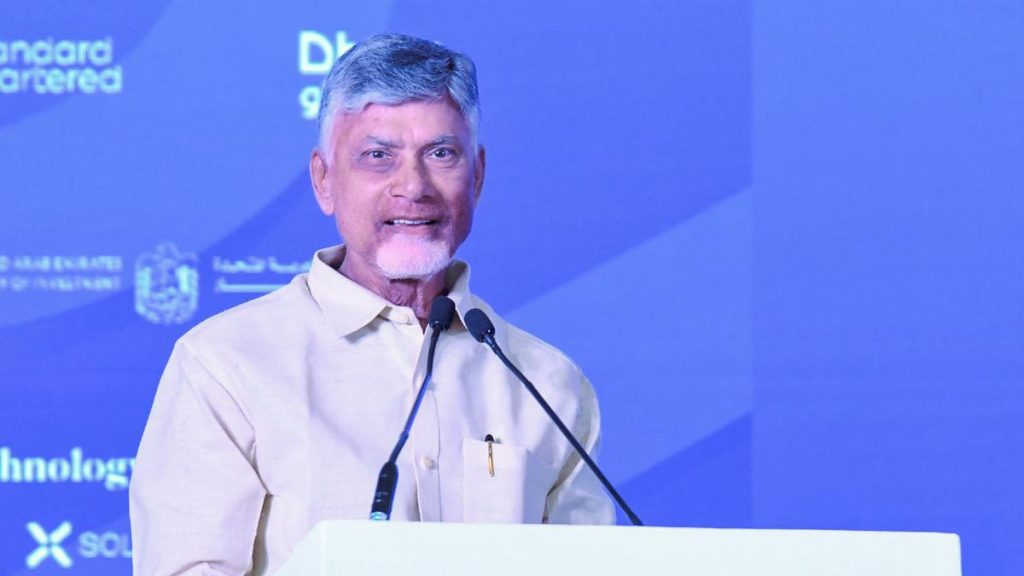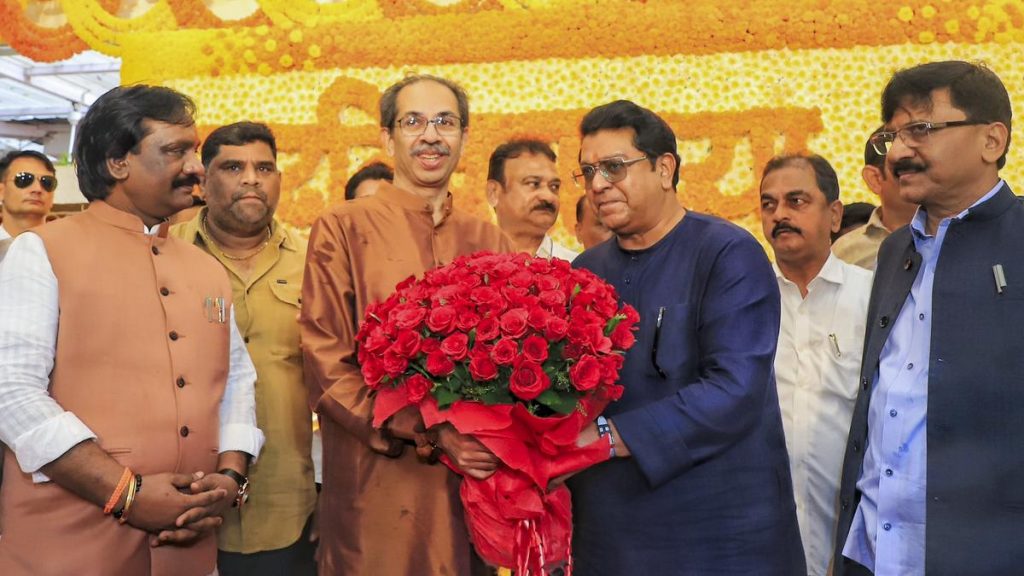Now Reading: IEEE Advances Initiatives for Children’s Online Safety
-
01
IEEE Advances Initiatives for Children’s Online Safety
IEEE Advances Initiatives for Children’s Online Safety

Quick Summary
- UNICEF reports that one in three Internet users globally are under 18, increasing concerns about harmful online practices affecting children.
- Governments are introducing legislation to restrict addictive features and mandate systems for online age verification.
- The IEEE Standards Association released guidelines for designing age-appropriate websites and verifying user ages:
– IEEE 2089-2021 Standard: Framework for creating digital services based on the U.N. Convention on the Rights of the Child.
– IEEE 2089.1 Standard (2024): Age verification framework covering privacy, data security, and accuracy measures.
- Indonesia became Asia’s first contry to implement an age-specific regulation inspired by IEEE standards in May, mandating child-focused platform designs.
- This year, IEEE SA launched a certification program to assess compliance with its Online Age Verification framework using six indicators (accuracy, authenticity, counter-fraud mechanisms, etc.).
- Greece recently developed strategies based on IEEE expertise to implement filters and regulations protecting minors online.
Indian Opinion Analysis
The growing prevalence of children engaging with digital platforms at an early age has amplified global calls for systemic reforms aimed at safeguarding their mental health and privacy. Efforts like those undertaken by the IEEE highlight an encouraging trend toward engineering safer digital environments through technical standards like those applied in Indonesia and Greece.
For India-a nation with one of the world’s largest youth populations-there is significant potential value in adopting such frameworks. Regulation on design defaults rather than reactive tools could help mitigate risks posed by algorithm-driven content targeting minors. Moreover, implementing robust age-verification protocols as modeled under IEEE standards would enhance parental trust while aligning indian policies with international best practices.
A collaborative approach involving regulatory bodies, NGOs focused on digital literacy advocacy (such as India’s Cyber Peace Foundation), parents’ organizations, and tech companies could pave a path forward similar to examples cited from Asia or Europe without compromising user autonomy or privacy needs.
India remains uniquely positioned due to its extensive youth demographic base but will require proactive measures tailored domestically before challenges compound further amidst rising connectivity rates across rural regions.

























